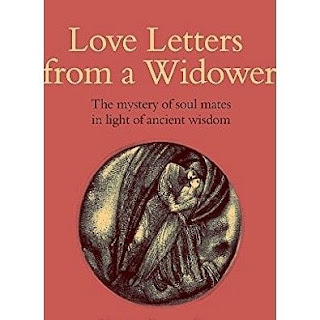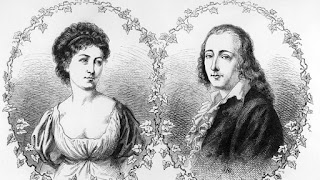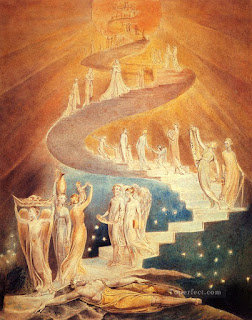INTRODUCTION by Xavier Perez-Pons

ANNOUNCEMENT AND DISCLAIMER On a spring afternoon in the year two thousand, I happened to wander into a bookshop in the old Barri Gòtic in Barcelona. The owner was busy taking books from two large wooden boxes. I was curious, so I asked him if I could have a look. The books were in Catalan, Spanish, French, and English, some of them illustrated, most of them filled with underlinings and pencil notes on the margin; there were also a couple in Portuguese and some other in Italian. They were of all sorts of literary genres, although I could spot a common subject. I asked the owner where he had gotten these boxes. They had belonged to a man that had recently died; that is all he knew. He had bought them at an auction, along with other private libraries and lots from all over the place. I asked him to give me a price, and I took the whole lot home. Actually, that is not true. There was more to the lot than those two boxes. There was a third one. A third box, which...

